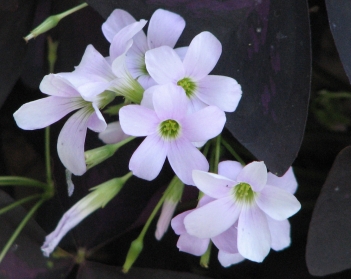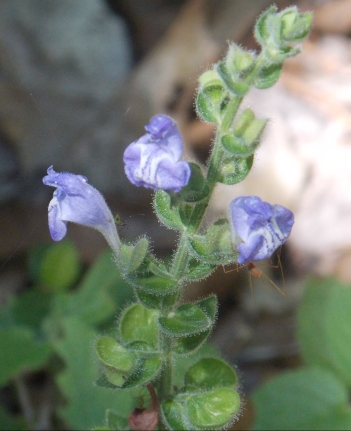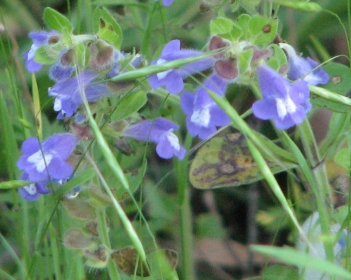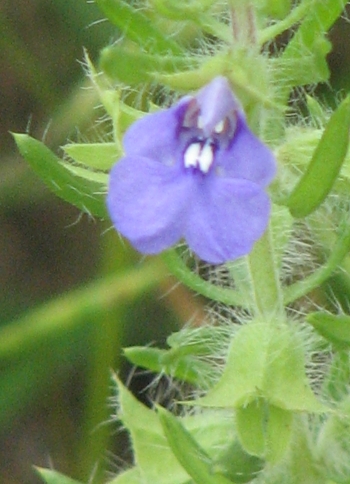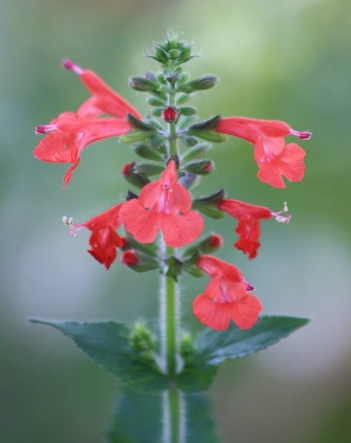Persimmon; Texas Persimmon Diospyros texana Scheele;. This tall, somewhat ragged, deciduous tree has leaves that are thicker at the end than the stem (spatulate), arranged in an alternating pattern along this year’s twigs. The heart-wood is dense and brown (unlike the black persimmon from further south in Texas), and takes a nice polish. Young stems are smooth, but the bark on mature trunks is broken into corky cubes. Small greenish white, cup-shaped flowers (no pix) erupt from this year’s leaf axils, forming round, orange, pulpy fruit up to 1” across with many flattened almond shaped seeds less than ½” long. The fruit is sweet when it ripens, but contains more seeds than pulp. The fruit that falls is eaten by possum and coyotes, but from the prevalence of the seeds in scat, most are eaten by raccoons. Persimmons prefer deeper soils along streams in bottom lands. (838-839) 17 no obs; 5/6/18; 5/11/19; 5/10/20;

Texas Persimmon habit; a tall, straight tree with dark grey, corky bark broken into cubes, bearing alternating spatulate leaves and fleshy flowers that convert to 1″ orange, pulpy fruit.

Note; grey bark is broken into corky cubes

Note; spatulate leaves arranged in an alternating pattern along new twigs.

Note; orangish, pulpy fruit about 1” in diameter, full of ¼” seeds.

Note; fall colors yellow to orange
Note; greenish, bell shaped flowers
Note; seeds prevalent in racoon scat




